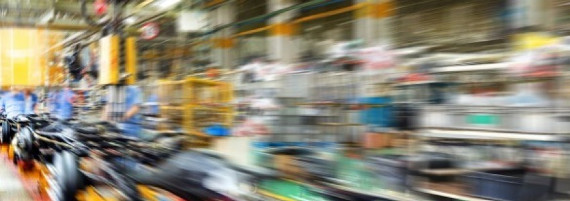Design for Transformation - What's new at the IfM - May

Great design sells. And great design management is critical to creating and sustaining those sales and to generating strong margins. For that you need to focus on every aspect of your customers’ experience – from the process of buying the product to opening the box and getting reliable use and satisfaction from it day after day. Great design management is also about ensuring that products can be produced efficiently and cost effectively.
The IfM’s Design Management Group uses experience-based and academically-underpinned tools to transform a company’s product range, deliver sustainable growth and produce improvements to productivity. Starting with user observation we analyse how to construct the product offer, design the product platform and how to reach different market segments. Our proven ‘design for assembly’ process takes a hands-on approach to increasing throughput and reaching ambitious cost or production targets.
We can help with:
Design for growth
Achieve a step-change in the design, performance and benefits of your products and services and potentially revolutionise your business model.
Design for productivity
Achieve a step-change in the efficiency of your assembly line and dramatically increase the number of units you can make and the speed with which you can make them.
Developing your design management capabilities
Our design management ‘toolkit’ can be used to support particular activities such as understanding customer needs, how to manage the process of outsourcing design and how to run transformation projects.
Find out more about the work we do with businesses by following the links below or get in touch.
Best wishes,
James Moultrie
Design Management Group
Institute for Manufacturing
 |
Increase productivity through design for assembly |
 |
Video: Good design is a game changer |
 |
IfM Review: Innovation by design |
 |
Why did they design it like that? |









